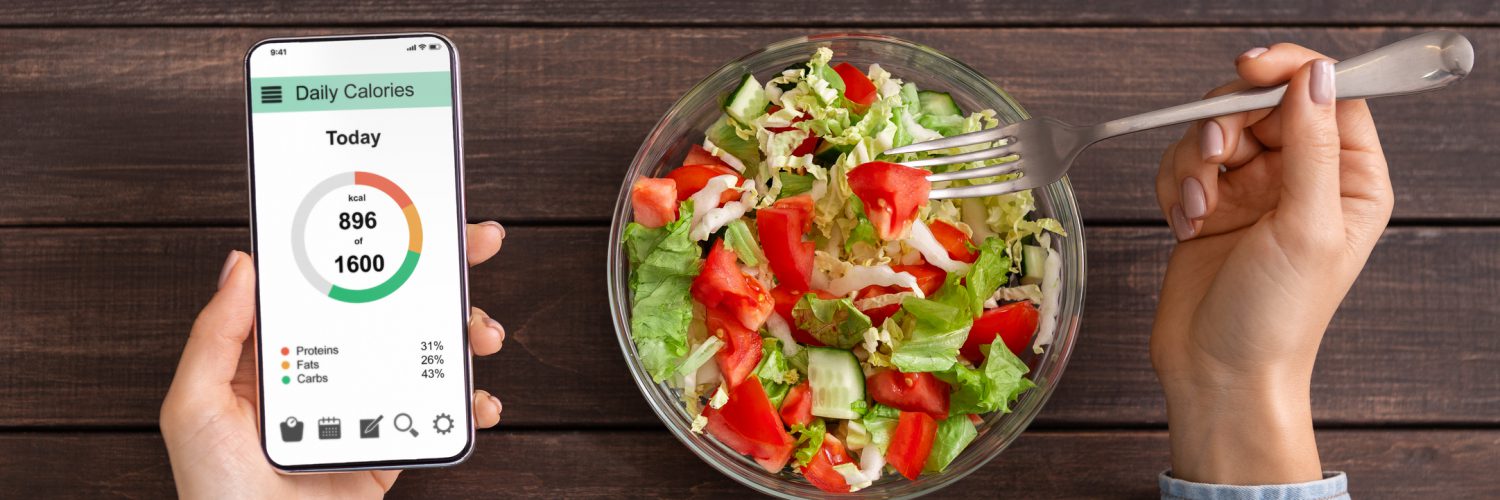Maintaining a healthy weight can reduce your risk of developing health issues such as high blood pressure, elevated cholesterol, heart disease, diabetes, breathing problems and certain cancers. Healthy weight loss is a lifestyle change that occurs as a result of healthy eating and physical activity. Finding the right combination of strategies that work for you can be a challenge, but it’s possible! If you’re struggling with losing weight, these strategies may help.
Eat healthy for weight loss. This requires balanced nutrition. A well-balanced diet includes lean sources of protein, carbohydrates (while making half your grain servings whole grains), 5 to 7 servings of fruits and vegetables, as well as healthy fats such as those found in nuts, seeds and olive oil. Check out the Nutrition section of our blog for great tips to help you eat healthy!
Enjoy unhealthy foods in moderation. Following a balanced diet doesn’t require you to eliminate foods that you enjoy, but to enjoy them in moderation. By allowing yourself to eat for pleasure some of the time, it may help to prevent binge eating and feelings of guilt that may lead to more eating.
Eat regularly and don’t skip meals. Contrary to popular belief, eating regularly can increase your chances of weight loss. After 3 to 4 hours of not eating, our bodies can go into a “survival” mode, storing calories rather than burning them, which may result in weight gain. Plus, skipping meals can increase the likelihood of overeating when you do finally sit down for a meal.
Stay active. Physical activity is also important for weight loss, but it is not limited to exercise. Reducing sedentary behavior is an easy strategy to raise activity levels. Find yourself sitting for a long time during work or while relaxing outside of work? The longer you sit, the bigger the health consequences, including excess storage of abdominal fat. Stand up and move around as often as you can, take short walks, perform stretching and desk exercises, or exercises (like squats, crunches, etc.) that can be performed while watching TV.
Start exercising! To further your weight loss goals, getting started with an exercise routine outside of your normal activities will help you see quicker results. Check with your doctor prior to beginning exercise to determine if there are any exercise limitations you should keep in mind. Examples of exercise include walking, biking, jogging, taking fitness classes, and swimming, just to name a few. Access great exercise information in the Fitness section of our blog.
Calorie Input vs. Expenditure
Basically, weight loss comes down to calories—if you are eating more calories than you are burning, you will gain weight. Creating a deficit in calories through healthy eating, physical activity, or both will result in weight loss over time. As 3,500 calories is equal to one pound, in order to lose one pound per week, you would have to create a deficit of 500 calories per day for 7 days through nutrition, physical activity, or ideally a combination of the two.
How Low is Too Low?
While calories need to be reduced to lose weight, skipping meals or not eating enough is neither effective nor healthy. In fact, it can result in weight gain. The average woman requires a minimum of 1200 calories per day and the average man requires 1500 calories to maintain essential life functions. If you are active, you may have additional calorie requirements—the more active you are, the more calories you’ll need to support your activity.
Weight loss and maintaining the lost weight comes from creating and implementing healthy lifestyle changes. Determining healthy changes that fit within your routine will increase your chances for success. After all, the steps you take to lose the weight are the same steps that you need to maintain to keep the weight off.



